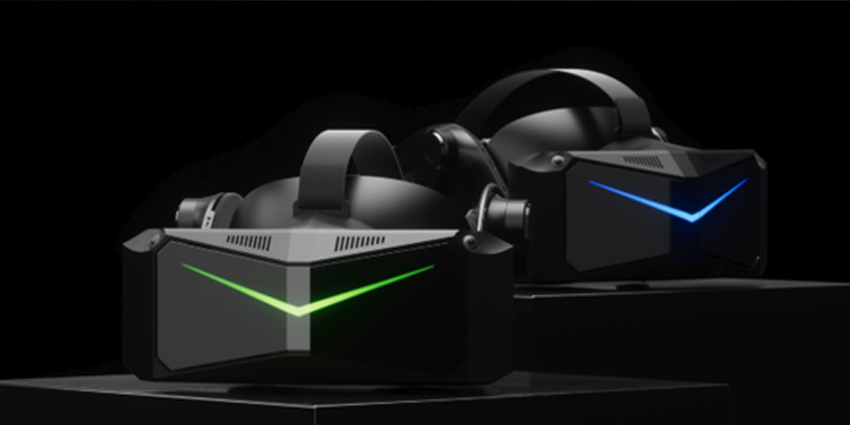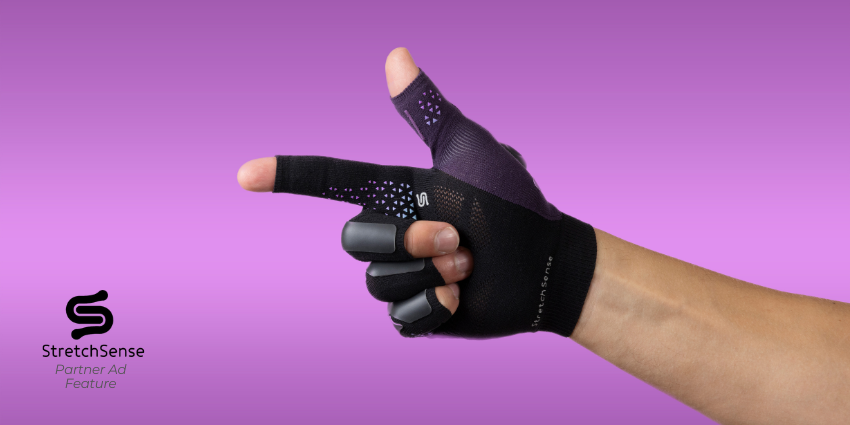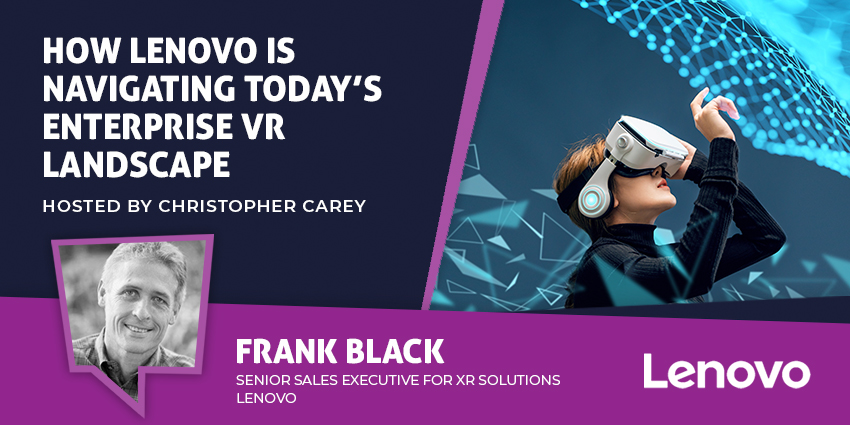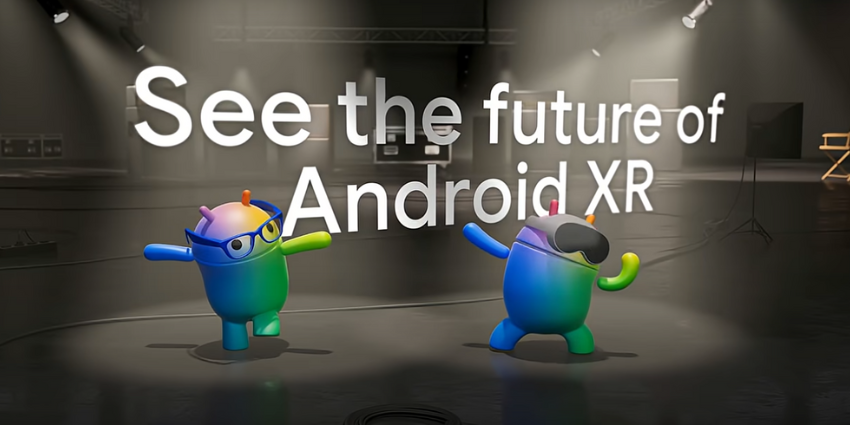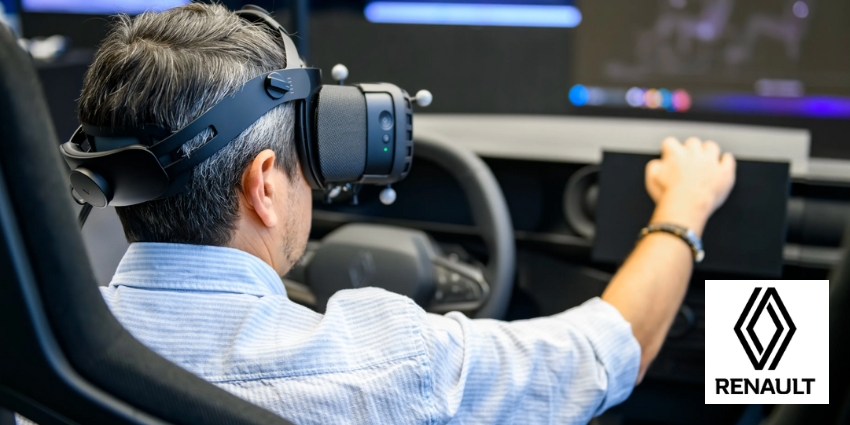Late last week, at its 2024 Frontier event online showcase, Pimax debuted two VR headsets that continue its legacy of creating ultra-high spec specialist XR devices. As of its announcement, the firm unveiled two headsets that will soon debut as the Crystal Super and Crystal Light.
The headsets come packed with incredibly competitive specs but at a higher point. However, the display output is debatably unrivalled.
In a provided statement, Pimax noted:
We want to make the Crystal and its clarity available to more PCVR gamers who want high clarity. We’re thinking about HP Reverb G2, Rift S, and the Valve Index. If they consider a headset upgrade, where do they go? Many headsets that were previously available to them have now been discontinued.
The firm plans to debut the Light device in May 2024 and the Super headset in Q4 this year, just as other major vendors like LG and Samsung are looking to enter the headset market.
Crystal Super Specs
The Crystal Super comes in at $1799 for a QLED version and $1999 for a Micro-OLED display, a steep price compared to other devices, but the firm believes that the device’s top-notch specs match the top price.
The device’s specifications include a 3840 x 3840 pixels per eye resolution, 72Hz/90Hz/120Hz (QLED version)/70Hz/90Hz (micro-OLED 70Hz/90Hz) refresh rate, glass aspheric lenses (QLED version)/glass pancake lenses (micro-OLED), and eye tracking.
Moreover, the Super device is a PCVR-only headset connected to an external desktop for offloading process requirements and ensuring higher-quality VR applications. However, while most PCVR experiences require a tethered connection, Pimax achieves this wirelessly.
However, to achieve a low-latency connection, users must purchase the 60G Airlink product for $299, which ensures improved streaming capabilities. On the other hand, users can connect via WiFi.
The device also looks to enhance XR-device flexibility by providing a modular framework that enables users to make swappable displays.
Crystal Light Specs
The Crystal Light device comes in at a lower price of $699 for the base model, and a model with improved displays costs $899.
The Crystal Light device offers a different solution than the Super product. Light also allows users to enjoy PCVR experiences while decreasing specific specs to ensure a budget-friendly option.
Moreover, the device looks to decrease the weight and form factor of the Super product, with the Light weighing 30 per cent less than the Super and includes enhanced ergonomics. Its removed features include the Super’s modular design and integrated eye tracking.
Other Crystal Light specs include a 2880 x 2880 resolution per eye, a maximum 120 Hz refresh rate, and upgraded Fixed Foveated rendering.
According to the firm, its Crystal Light solution looks to drive accessibility “for everyone” with its low-cost, high-spec headset.
2024 XR Headset Boom
Pimax’s announcement comes as major technology giants are working to debut new headsets, giving the market a significant boost of interest and investment – the most prominent of which is Apple, who debuted the Vision Pro earlier this year.
Apple only debuted the Vision Pro in US markets – with more regions to come – with a productivity and workplace-focused approach.
The Vision Pro device is still in its early stages of development. However, Apple is actively promoting it in the workplace to demonstrate the importance of spatial data for businesses. Apple has recently collaborated with NVIDIA to launch the Omniverse, a workplace immersive collaboration and design suite that CloudXR powers. This move again highlights their focus on promoting the device in business markets.
On the other hand, LG and Meta partnered to drive innovation across the XR device marketplace and enhance customer experience using their combined technology portfolios.
LG plans to combine its TV division services with Meta’s XR portfolio to create a technology ecosystem that leverages the benefits of its smart device operating system, which will work alongside Meta’s AI systems to create a competitive XR device.
LG’s smart OS offers an app revenue platform of approximately $750.5 million for Meta’s immersive product portfolio. This OS can be a valuable income source and provide services for Meta’s XR hardware ecosystem, allowing it to compete with Apple’s Vision Pro offerings.
Samsung is also poised to make a splash in the market soon. Alongside partners Google and Qualcomm, Samsung unveiled a device with a microOLED display, eight tracking cameras, a ToF sensor, voice commands, eye tracking, and hand tracking.
It is reasonable to assume that the upcoming Samsung headset will feature Qualcomm’s XR2+ Gen 2 Platform, developed in partnership with Samsung and Google. GenAI integrations may also be present on the headset, thanks partly to the XR2+ Gen 2 Platform’s support for AI-ready wearables.
The Samsung device is in its early days; however, is it safe to assume that the firm is putting the pieces in place to shift the market – or at least attempt to?
Moreover, Chinese VR hardware and software education solution provider DPVR is entering a strategic partnership with ASI Corporation to expand its global market reach to the United States and Canadian regions.
DPVR looks to expand its headset portfolio into the western amusements, enterprise, education, and consumer sectors. The firm is already present in these Western markets; however, the ASI partnership will help boost this goal.
Chinese smart glasses vendor Xreal is also looking to continue its success in the Western market with a new product that rivals Vision Pro.
The market is red hot with investment; perhaps more eyes than ever are on XR. While consumers are yet to relive the Quest 2 adoption boom, the enterprise space is quickly realising the value of spatial data.
